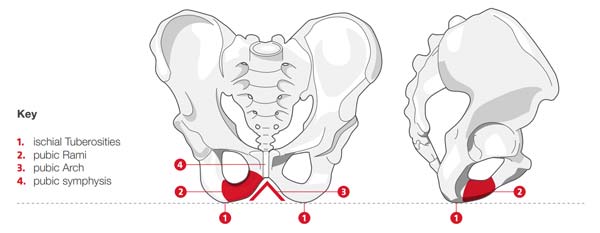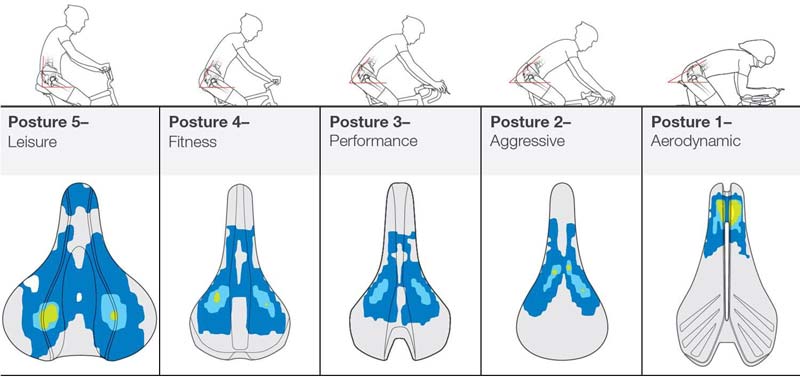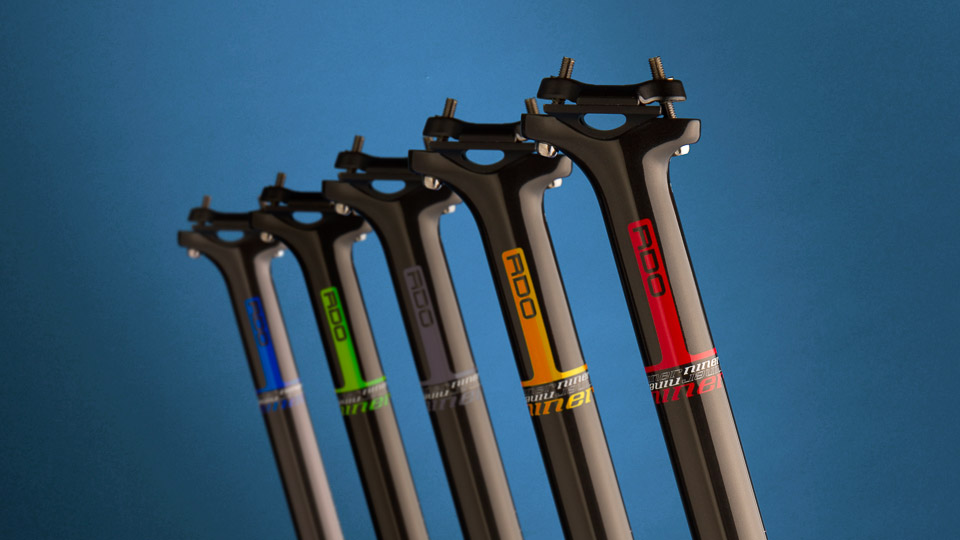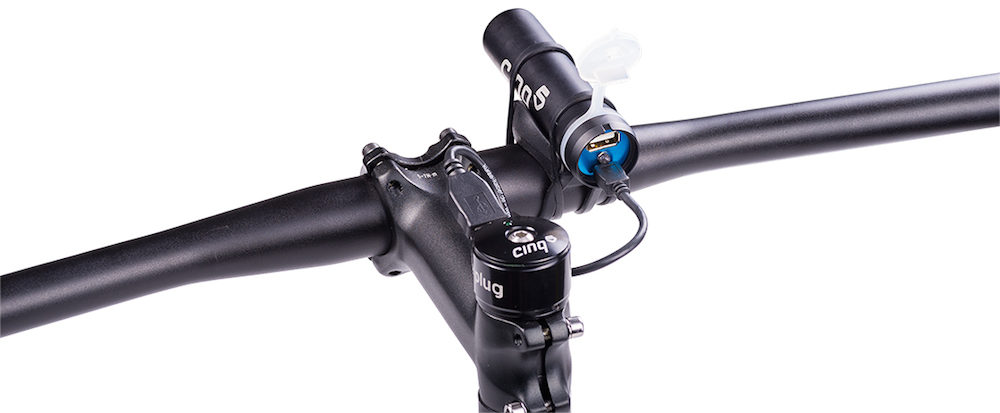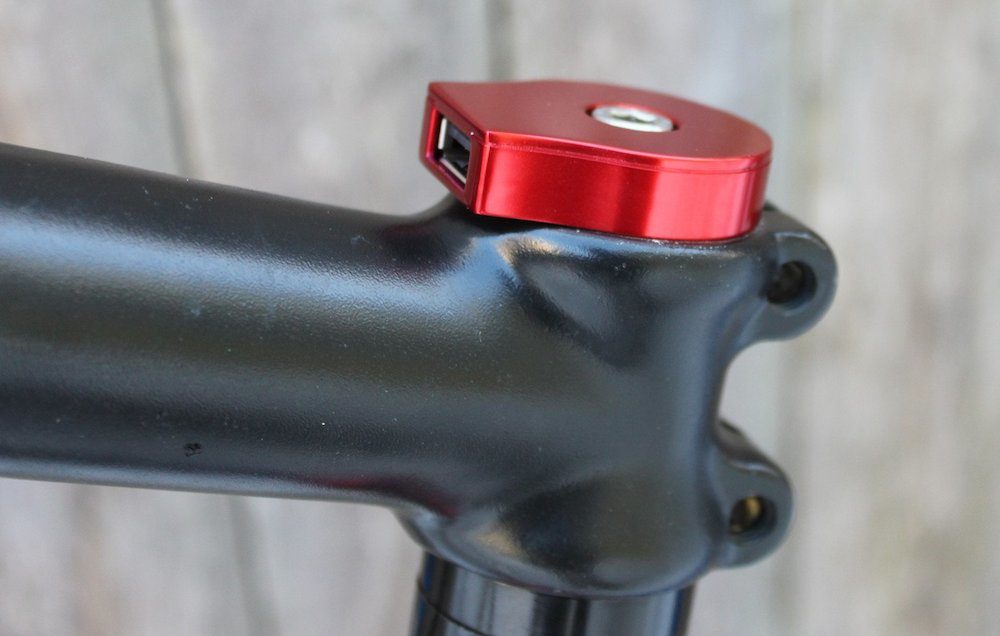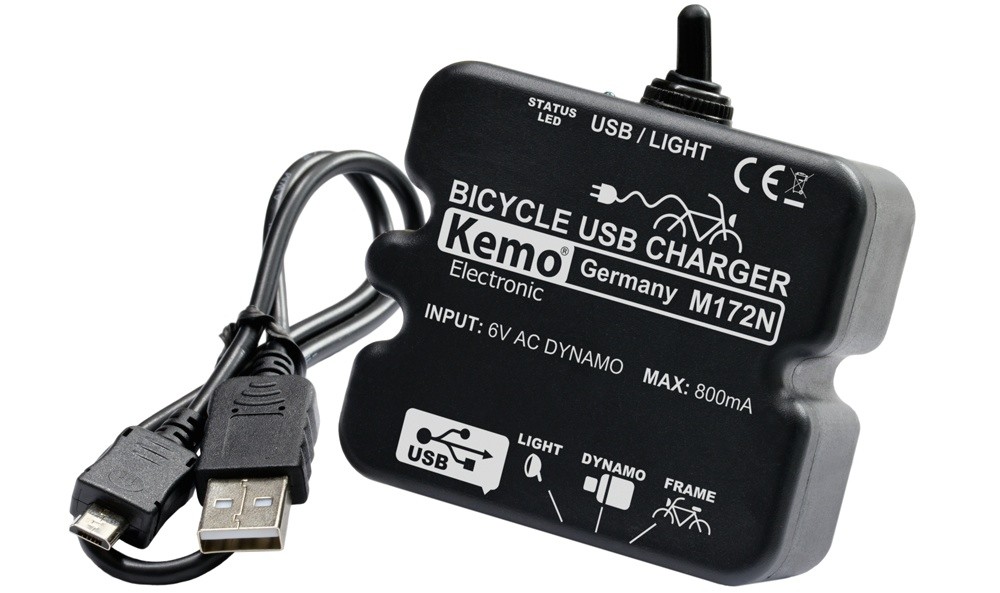A good seatpost is the key to achieving a comfortable ride. That’s because along with your tyres, seatposts actually make up the bulk of your bike’s comfort – in fact, a well-designed carbon seatpost flexes at a rate 7x greater than a steel frame!
The Ergon CF3 carbon seatpost requires 69N of force to flex one vertical millimetre (0.04″). To put that into context, the CF3 will flex 7mm (0.3″) when you simply sit in your saddle. In comparison, a typical bike frame requires more than 500N of force to flex one vertical millimetre, demonstrating how much a seatpost (and how little a frame) plays in the comfort equation.
In short, flex seatposts are a great way to achieve a super comfortable ride as they:
(a) Reduce high-frequency road vibrations, and;
(b) Take care of the bigger impacts (think rough dirt roads) thanks to their 20mm+ (0.89″) of vertical flex.
In this article, we will discuss the different seatpost types and materials, before looking at the difference between vibration damping and seatpost deflection. We’ll then check out some of the lab testing that’s been completed and will finish up with my seatpost recommendations.
Note: This article was originally published July 2015, but has been updated in May 2019.
![Niner Seatposts]()
The Most Overlooked Bike Component
Very few people think about the ride quality of a seatpost, which is precisely why I think they’re the most overlooked bike component. They’re arguably even more important for bike travel as touring and bikepacking bikes are usually set up with higher handlebars, resulting in a larger proportion of our body weight on our saddles (normally 80%+). Couple that with our penchant for seeking rough roads, and seatposts really are the key to unlocking all-day comfort on your bike.
Bikes fitted with narrower tyres have the most comfort to gain from using a flex seatpost. This is because a larger proportion of the overall shock and impacts will need to be taken up by the seatpost. Bikes with wider tyres still have a lot to gain too, as flex posts help to take the edge off bigger impacts.
![]()
Trek’s IsoSpeed Decoupler allows the seat tube to flex independently of the top tube.
Over the last decade, bike manufacturers have been optimizing their bikes around comfort, and the seat tube has been the main focus. Trek have developed what they call an ‘Isospeed Decoupler’ which is integrated into their seat tube, offering around 20mm of vertical compliance. Giant created a unique seatpost shape called D-Fuse which will flex around 12mm underneath you. And Cannondale has stuck with something a bit more traditional, using a smaller-than-usual seatpost diameter paired with a flat-section carbon layup to achieve a super comfortable ride.
The good news is that you don’t need to buy a fancy new bike to achieve a high degree of comfort. A handful of aftermarket seatposts can match the vertical flex and vibration damping of the Trek, Giant and Cannondale designs, allowing you to transform whatever you ride into something that rides ultra smooth.
The Different Types of Seatpost
![]()
Carbon, Aluminium and Titanium Seatposts
Seatposts are manufactured using three different construction materials. The majority are made from aluminium which is lightweight, reliable and very cheap to manufacture. Titanium seatposts are much less common and are typically paired with titanium frames for a nice aesthetic. Carbon seatposts are lighter and more expensive, but more importantly, they can be optimized using different layering techniques to achieve an unparalleled ride quality.
![]()
Suspension Seatposts
There is a handful of suspension seatpost manufacturers, but perhaps the most common is Cane Creek. The advantage of a suspension seatpost is that it will help absorb big hits and other impacts from the ground below, allowing you to pedal through bumps while also reducing the fatigue on your body. Suspension seatposts have been measured to be multiple times more effective than any rigid seatpost. The main disadvantage is the increase in weight.
![]()
Elastomer Seatposts
Specialized has been incorporating elastomers into their flex seatposts for over a decade so that they can achieve their desired ride characteristics. The latest-generation carbon elastomer post (pictured on the right) is said to offer 18mm of vertical flex, is reasonably lightweight and is also reliable as there are no moving parts.
![]()
Straight and Setback Seatposts
Seatposts are available in different offsets ranging from 0 degrees to 35 degrees. A setback post puts you further behind your crankset and a straight seatpost moves you closer. The amount of setback or offset is best determined through a basic bike fit at a participating bike shop. They will look at the relationship between your knee and pedal axle, as well as your hip angle/mobility and will determine how far you should sit behind your crankset. You can read more about bike geometry HERE and about getting a personalized bike fit HERE.
Seatpost Damping
![]()
Microbac Laboratories’ test jig for comparing the different characteristics of seatposts. Image: BikeRadar
Damping is the speed at which a seatpost will move over repeated bumps, and it’s the most important characteristic for cycling on smoother surfaces.
A seatpost that dampens vibrations effectively will insulate a rider from much of the road buzz coming up through their bike. Seatposts with the best damping characteristics have been tested to be more than twice as effective than those which perform poorly.
We currently have two damping lab tests to draw some conclusions from:
![Seatpost Damping]()
Velo Magazine’s damping test results with 14 different 27.2mm seatposts.
Velo Magazine’s 2012 test results show that:
– Almost all carbon seatposts performed better than the aluminium or titanium options.
– Straight seatposts (carbon, titanium & aluminium) are worse at damping shock than setback seatposts.
– The Cane Creek suspension seatpost was surprisingly not as effective at mitigating road buzz as two carbon seatposts.
![]()
Microbac Laboratories collected data on many of the newer flex seatpost models. This test includes the Ergon CF3, Ritchey WCS Carbon Flexlogic, Canyon S13 VCLS, Specialized CG-R and Syntace P6 Hi-Flex. Image: BikeRadar
The Microbac Laboratories’ 2016 test results show that:
– The Ergon CF3 leaf-sprung seatpost absorbs 2-3x more shock than other flex carbon seatposts.
– The only aluminium seatpost in the test (Thomson) is simply no match in terms of damping.
– The Specialized post is somewhat underwhelming on the road considering its radical design.
There is a caveat here! This data only applies to bikes without luggage fitted. Why? Rear panniers and bikepacking seat packs are highly effective at mitigating vibrations, so you won’t notice a huge difference between a carbon or aluminium seatposts when travelling with luggage.
Seatpost Deflection
![]()
Deflection is the total movement that a seatpost will move after an impact.
A seatpost with more deflection will reduce the fatigue on your body as it protects you from harder jolts like unexpected potholes or dirt road corrugations. It’ll also allow you to pedal through bumps on rougher terrain.
When testing seatpost deflection, two axes of measurement are usually taken – vertical and horizontal – but they almost always track proportionately. The Velo Magazine lab test data shows that under the specific force applied, some seatposts were able to deflect twice as much as others.
![Seatpost Flex]()
Velo Magazine’s deflection test results with 27.2mm seatposts.
The results are a bit hard to read, so let me type that out:
1. Cane Creek Thudbuster ST (13.7mm, 19.3mm)
2. Ritchey Carbon Straight (5.8mm, 4.8mm)
3. Ritchey Carbon Setback (5.5mm, 5.0mm)
4. Cannondale Carbon (5.4mm, 4.3mm)
5. Zipp Straight Carbon (4.9mm, 4.2mm)
6. Ritchey Setback Aluminium (4.8mm, 4.5mm)
7. Specialized FACT Carbon (4.8mm, 4.4mm)
8. FSA Straight Carbon (4.8mm, 4.2mm)
9. Thomson Straight Aluminium (4.8mm, 4.2mm)
10. FSA Setback Carbon (4.3mm, 4.2mm)
11. Moots Straight Ti (4.3mm, 4.2mm)
12. Moots Setback Ti (4.2mm, 4.0mm)
13. Zipp Setback Carbon (3.9mm, 4.0mm)
14. Thomson Setback Aluminium (3.5mm, 3.6mm)
The conclusions we can draw from the Velo Magazine test:
– The best performing regular seatposts offer 50-60% more flex than the worst performing.
– Carbon is able to deflect more than both aluminium and titanium.
– Setback seatposts tend to be worse performing, making up places 10, 12, 13 and 14 in this test.
– In another league altogether is the Cane Creek Thudbuster suspension seatpost which offers 3-4x more flex than a regular seatpost. It’s also worth noting that this is under half of what it can flex (33mm).
![seatpost]()
The Microbac Laboratories deflection test using the minimum and maximum seatpost insertions at different rates of force.
The conclusions we can draw from the Microbac Laboratories test:
– There is a linear relationship between deflection and force (for a small range), helping us to predict flex at different force rates.
– Lighter riders are better suited to the Ergon/Canyon seatposts and heavier riders the Syntace/Ritchey.
– The minimum (high seatpost) and maximum insertions (low seatpost) affects the amount of deflection by 1.5-2x.
– The Ergon CF3 is the king again, outperforming all other seatposts at the maximum and minimum insertions.
– The Ritchey and Syntace seatposts rely on a high seat height to achieve their flex (2x greater flex).
– The Specialized CG-R was again quite underwhelming, flexing under half as much as the Ergon CF3 and Canyon S13 VCLS.
Do You Want More Damping or Deflection? Or Both?
If you’re looking for a firm ride on the road (less saddle movement), you’ll want to select a seatpost with a lower deflection but a higher damping ability. According to the Velo Magazine results, that’s something like the FSA K-Force or Zipp Service Course SL, while the Microbac Lab results suggest the Ritchey WCS Flexlogic is the go. That said, this information is applicable mostly to road riding – you’ll find a bikepacking seat pack or rear panniers will dampen road vibrations appropriately with whichever seatpost you choose.
For dirt road use, deflection is king. Straight carbon seatposts offer the highest degree of vertical flex on big bumps, however, they tend to be a bit more jarring on the high-frequency small bumps. Suspension seatposts are simply on another level in all regards, with lots of deflection as well as excellent damping abilities.
Seatposts and Rider Weight & Height
Carbon seatposts are tuned with set spring rates.
For example, at 300lb force, the Ergon CF3 would theoretically flex its maximum amount of 20mm while the Specialized CG-R will only be halfway through its travel. Essentially, lighter riders will be far better suited to the Ergon or Canyon seatposts, while heavier riders should look towards the Ritchey, Syntace or Cannondale options.
Riders with less exposed seatpost will also benefit from the Ergon or Canyon seatposts, as they are shown to flex twice as much at the maximum seatpost insertion. But then again, seatpost height reduces the deflection by half, so a suspension seatpost is a great option for riders with less seatpost exposed. But more on that below.
Tyre Width & Seatposts
![best bikepacking bikes]()
There is little need to fit a flex seatpost to a fat bike because the tyres absorb the majority of the overall shock.
Tyres do an exceptional job of damping vibrations and absorbing bigger hits.
In the wider widths, tyre sidewalls can flex as much or even more than the best seatposts. If you’ve got tyres that are narrow (30mm to 50mm wide), you’ll benefit a lot from a seatpost with more flex like the Ergon CF3 or Canyon S13 VCLS. Between 2.0″ and 2.5″, flex posts are still really effective but you can usually get away with a little less flex if you like (eg. Cannondale SAVE or Ritchey WCS Flexlogic). The comfort effects start to diminish once you get into the plus-size tyre range (3.0″) or wider (4.0-5.0″) where the tyres are absorbing so much that aluminium posts work fine.
One cool thing about a flex seatpost (and matching Redshift Shockstop stem) is that it allows you to use narrower tyres without sacrificing any comfort. The benefit of this setup would be that you could reduce your rolling resistance and overall bike weight while still travelling in comfort.
Carbon vs Suspension Seatposts
![]()
The Cane Creek eeSilk is a touch heavier than a carbon seatpost yet has five different spring rates available.
Ok, so both carbon and suspension seatposts are sounding pretty good here. But how would you go about choosing between the two?
There are two disadvantages to using a carbon post:
– There is only one spring rate available, and;
– The comfort is dependent on the amount of seatpost sticking out of your frame.
By having a set spring rate, a heavier rider will enjoy a more comfortable ride, while a lighter rider will feel more vibration and big hits. Carbon seatposts also perform much better with more exposed seatpost (2x more flex), which hands the better performance to taller riders.
A suspension seatpost is able to solve both of those issues. Most of the suspension options have four or five different spring rates, which allows both light (45kg/100lb) or heavy (150kg/330lb) cyclists to achieve the equivalent ride feel, no matter the seatpost height. With a suspension post, you can also tune the ride quality based on the surfaces you ride: a stiffer elastomer/spring for the road, or a softer one if you like rougher terrain. Most suspension seatposts have an adjustable pre-load too, which allows you to change the amount of force required to make the saddle start moving.
The main downside to choosing a suspension seatpost is the weight. Most of them tip the scales between 450-550 grams (1.0-1.2lb) which is more than twice the weight of most carbon seatposts available. That said, there is one truly lightweight suspension seatpost…
The Cane Creek eeSilk is perhaps the ultimate seatpost. At 295 grams, it’s barely heavier than many of the carbon offerings. With five different spring rates, riders of any weight can tune it to achieve the perfect ride quality. And it will work just as effectively whether set high or low in your frame. The price isn’t cheap – it’s around US $300, but then again, that’s the same price as a top-end carbon seatpost.
Flex: How Much Is Too Much?
![]()
There is certainly a point where you’ll find excessive seatpost flex, but that will depend on the terrain you ride, your body weight, your seatpost height and your personal preferences.
If you have a good amount of seatpost exposed, have an average body weight and want a flexible but firm ride, three suitable seatposts come to mind here: Cannondale SAVE, Ritchey WCS Flexlogic or Syntace Hi-Flex P6. These posts will still flex between 5-15mm on impact but are otherwise tuned to be reasonably firm.
For lighter or shorter riders, a seatpost with a lighter spring rate will yield similar amounts of deflection. That’s where the Ergon CF3 and Canyon S13 VCLS are great. These posts are also suitable for taller/heavier riders that prefer more flex rather than less.
On particularly bumpy surfaces it’s fatiguing on your body to cycle for long periods of time. That’s why I fit my Cane Creek suspension seatpost to my bikes when I know the terrain will be rough – the extra 10-20mm of deflection is sometimes a godsend.
My Seatpost Picks For Comfort
![]()
Flex Post w/ Wider Tyres: Cannondale SAVE (208g/7.3oz)
I’ve used a Cannondale post in my mountain bikes for years, and think it provides the perfect amount of flex across all types of terrain, from smooth roads through to bumpy gravel roads. I think it’s the pick particularly if you’re using 40mm or wider tyres. If you’re coming from an aluminium seatpost, it will completely transform your ride! The SAVE is somewhat firm compared to a suspension seatpost, but it really does a great job of taking the edge off everything. Highly recommended for $199 on Amazon.
Flex Post w/ Narrower Tyres: Ergon CF3 or Canyon S13 VCLS (both 220g/7.8oz)
If you’re using narrower tyres (eg. 700x30c to 700x40c), it’s worth picking up a seatpost with a bit more flex to make up for the fact your tyres don’t deform as much. The Ergon CF3 (US $299) is certainly the best performer here as it has 20mm of vertical flex and weighs just 220 grams. A ‘flip head’ kit is available for the Ergon post, giving you the option to increase or decrease the setback to suit your needs. The Canyon S13 VCLS performs almost as well and is substantially cheaper (US $170), so it had to make the list too.
Vibration Absorbing Post: FSA K-Force Light (210g/7.4oz)
For something that offers a firm ride but still does a great job at absorbing road buzz, you can’t go past the FSA K-Force seatpost. This is the perfect upgrade for a road bike without any bike luggage attached. You can find the K-Force Light for $199 on Amazon.
Suspension Post: Cane Creek Thudbuster ST (454g/1.0lb)
My Cane Creek seatpost performed flawlessly on my big bike ride from Europe to Australia! While 250 grams heavier than a carbon post, you can take advantage of more than twice the vertical travel, plus five different spring rate options so you can tune your ride from soft to firm. It works out lighter than all comparable suspension post options and is also great value at $143 on Amazon.
Carbon Seatpost Options
Cannondale SAVE – My overall pick, a great performer for both vibration damping and absorbing big hits – $199 on Amazon
Canyon S13 VCLS – 2nd best deflection results, good at max insertion, great for lighter riders – US $170
Canyon VCLS 2.0 – Best deflection/damping results, great at max insertion, well-suited to lighter riders – US $299
Ergon CF3 – The same post as the VCLS 2.0 as it’s a shared product between companies – US $299
FSA K-Force – The Velo Magazine best-tested seatpost for vibration damping, great for road riding – $199 on Amazon
Ritchey WCS Carbon Flexlogic – Decent deflection results, great at damping vibrations, lightweight – $199 on Amazon
Specialized CG-R – The Specialized CG-R may be the go for heavier riders with its heavy spring rate – US $199
Syntace P6 Carbon Hi-Flex – 3rd best deflection results, but doesn’t perform well at max insertion – $198 on Amazon
Zipp Service Course SL – Like the FSA seatpost, this offers great vibration damping for the road – $133 on Amazon
Suspension Seatpost Options
Cane Creek eeSilk – 20mm of suspension travel, five spring rates, 295g – $310 on Amazon
Cane Creek Thudbuster ST – 33mm of suspension travel, five spring rates, 454g – $143 on Amazon
Cane Creek Thudbuster LT – 67mm of suspension travel, five spring rates, 540g – $127 on Amazon
Kinekt 2.1 Aluminium – 35mm of suspension travel, four spring rates, pre-load adjustment, 525g – $249 on Amazon
Kinekt 3.1 Carbon – 35mm of suspension travel, four spring rates, pre-load adjustment, 471g – $329 on Amazon
Suntour NCX – 50mm of suspension travel, two spring rates, pre-load adjustment, 765g – $114 on Amazon
Redshift ShockStop – 35mm of suspension travel, eight spring rates, pre-load adjustment, 497g – US $199
The post Seatposts: Often Overlooked Yet Critical For Your Comfort (Lab Testing) appeared first on CyclingAbout.com.



 ).
).


 I hope 2019 brings you all the adventures!
I hope 2019 brings you all the adventures!
 ) will tick a lot of boxes here and result in 120 new memories over a decade!
) will tick a lot of boxes here and result in 120 new memories over a decade!




























 It’s truly adventure packed with crazy mud, hike-a-bike, river crossings, insane hills, loose descents, navigation woes, a cooking segment and the reason why I don’t use a mountain bike on mountain bike trails. Please let me know what you think – I love being able to use your feedback to improve these films.
It’s truly adventure packed with crazy mud, hike-a-bike, river crossings, insane hills, loose descents, navigation woes, a cooking segment and the reason why I don’t use a mountain bike on mountain bike trails. Please let me know what you think – I love being able to use your feedback to improve these films.







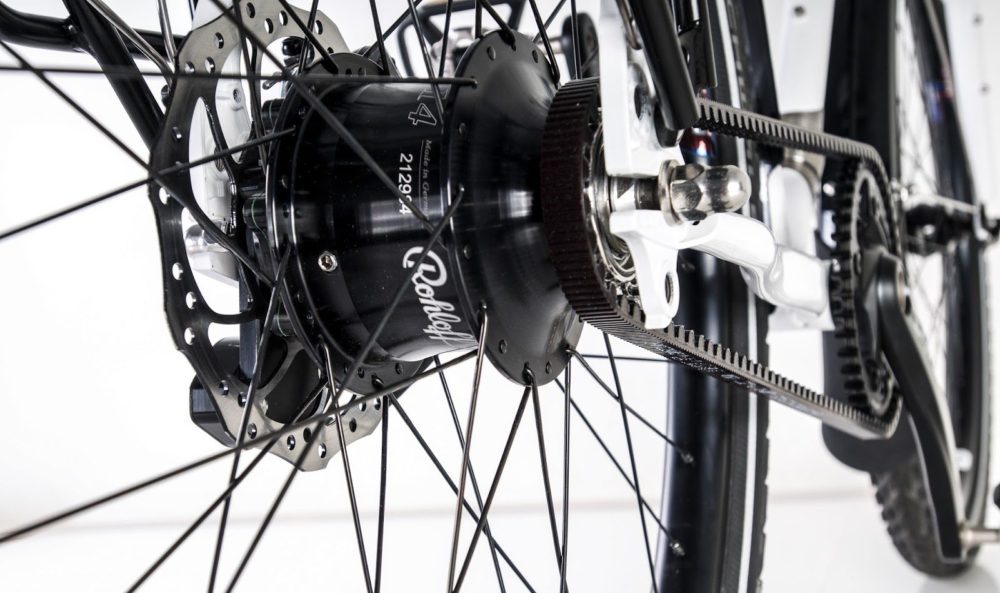



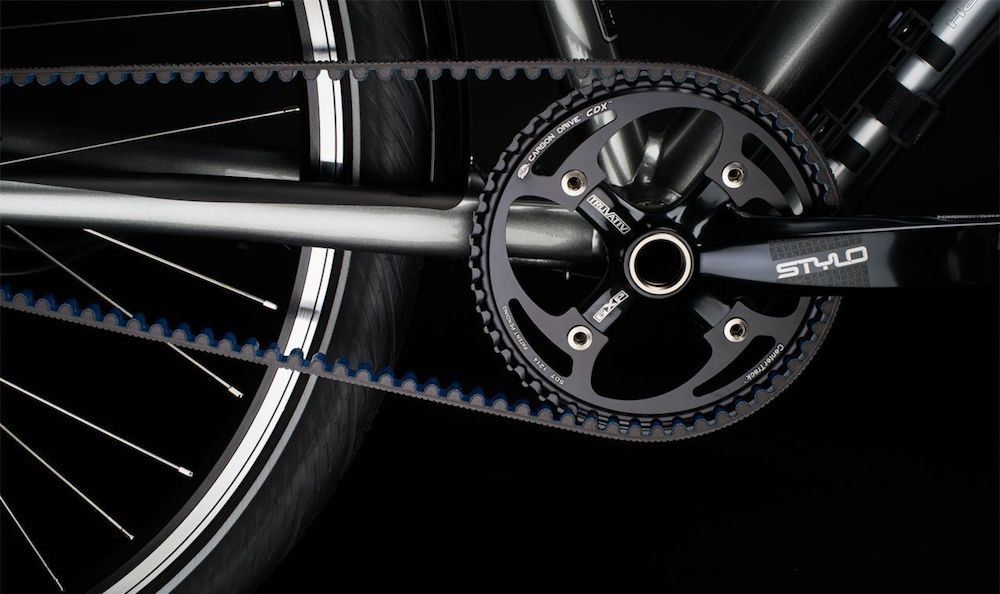
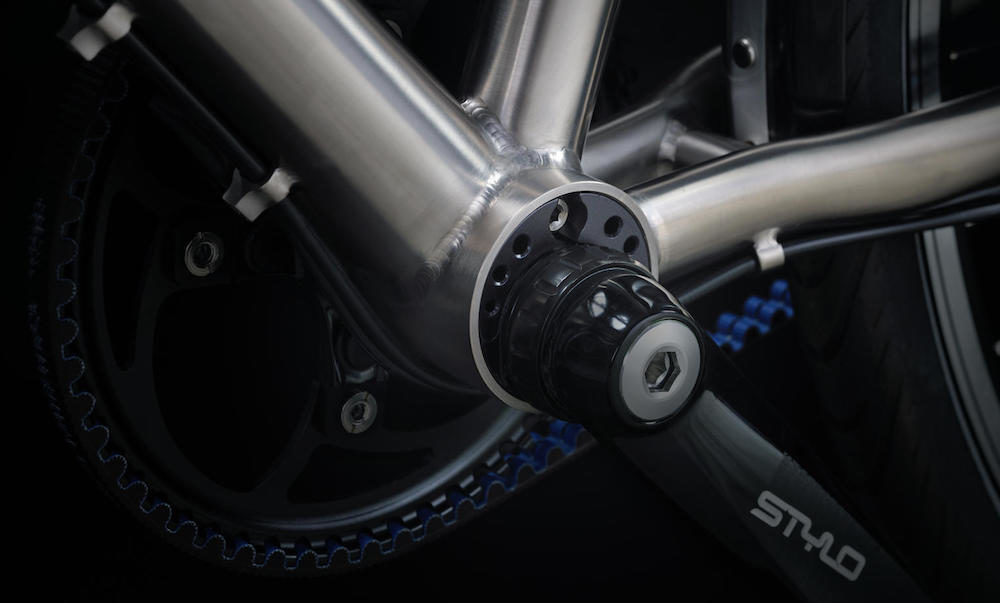
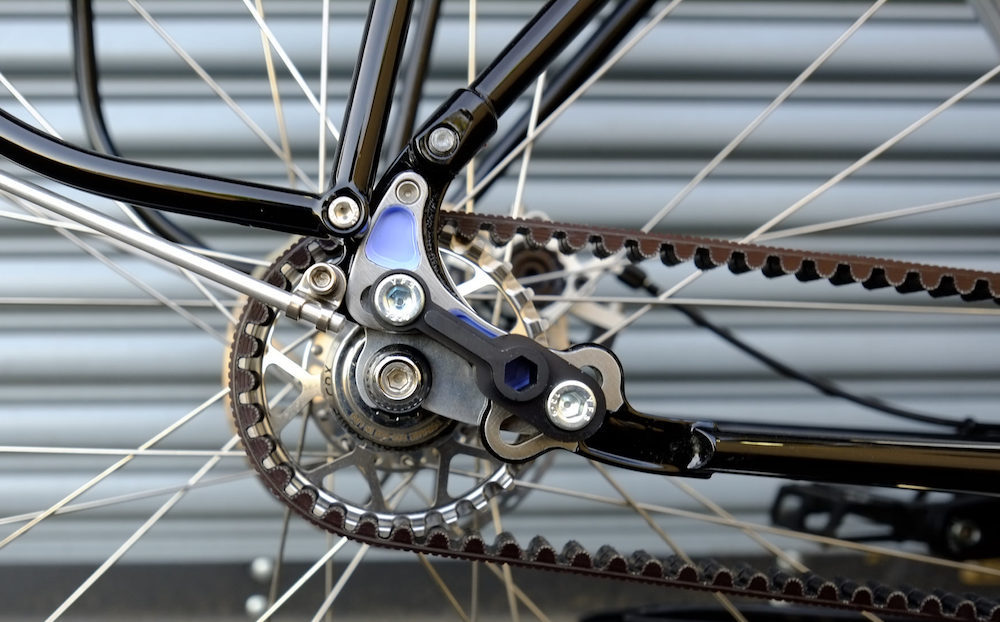
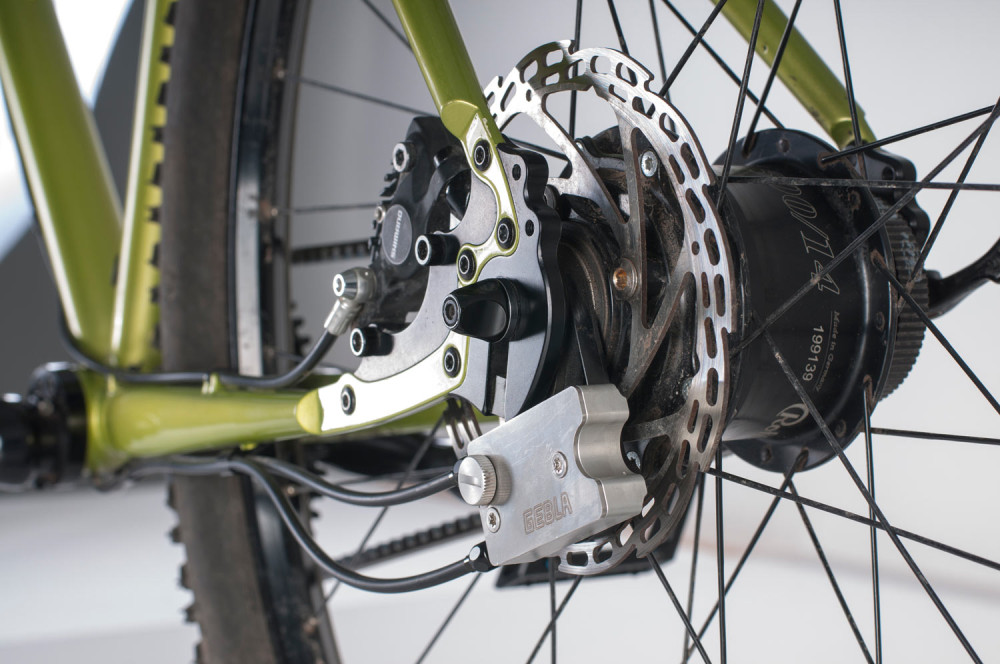
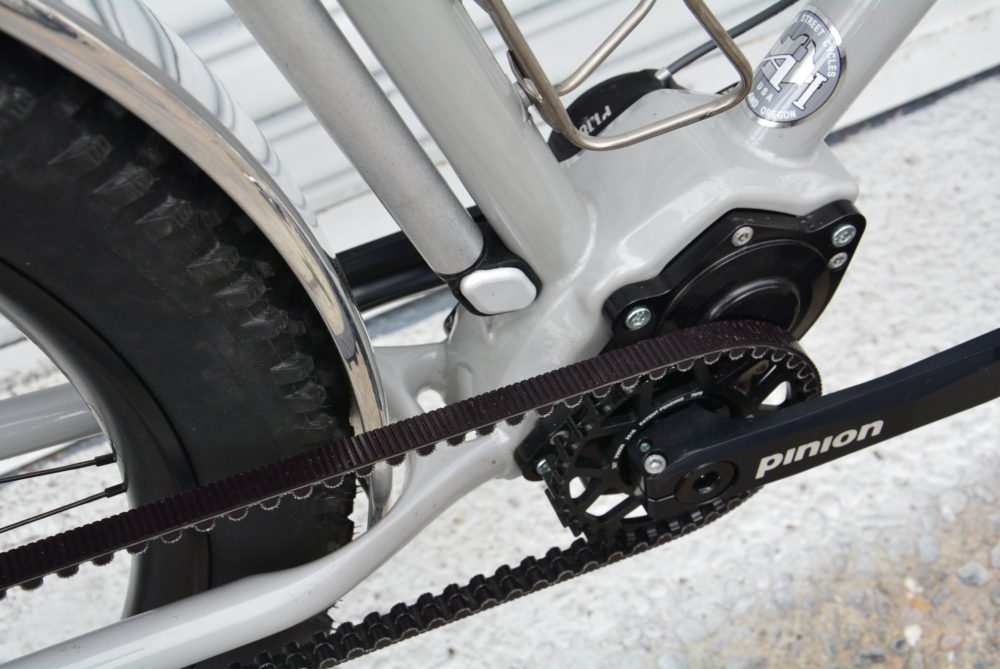
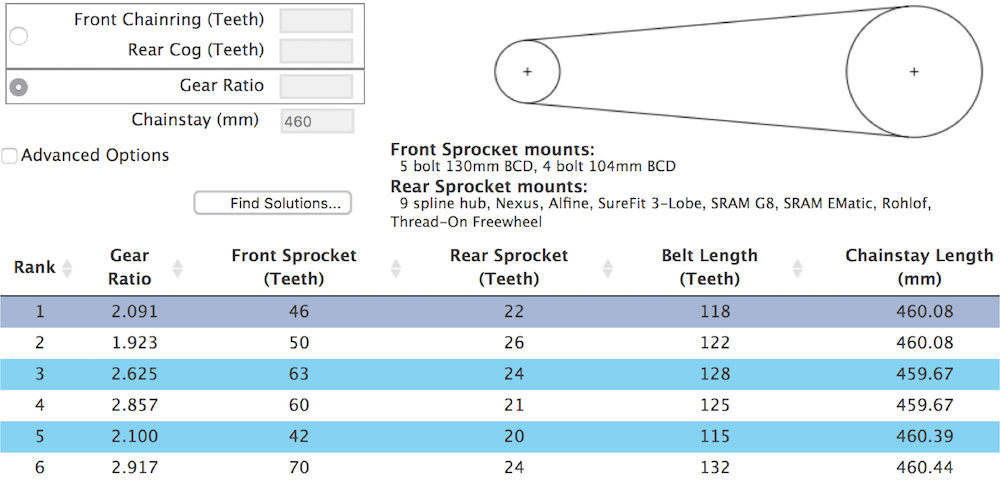
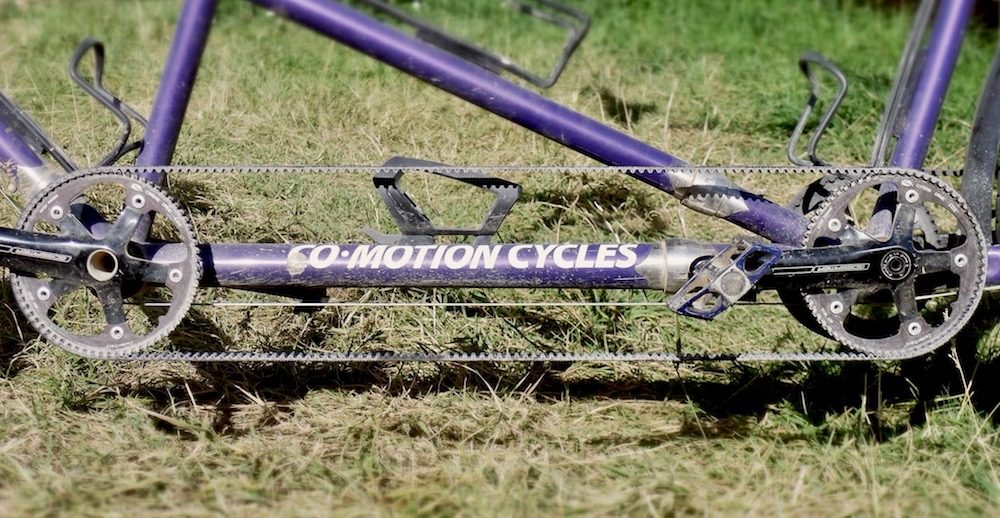
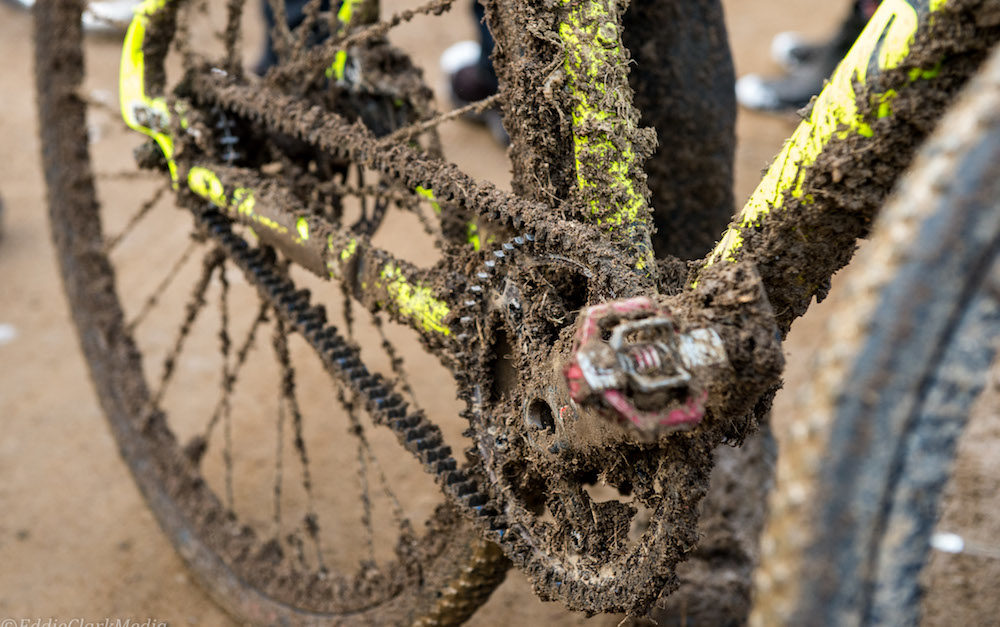


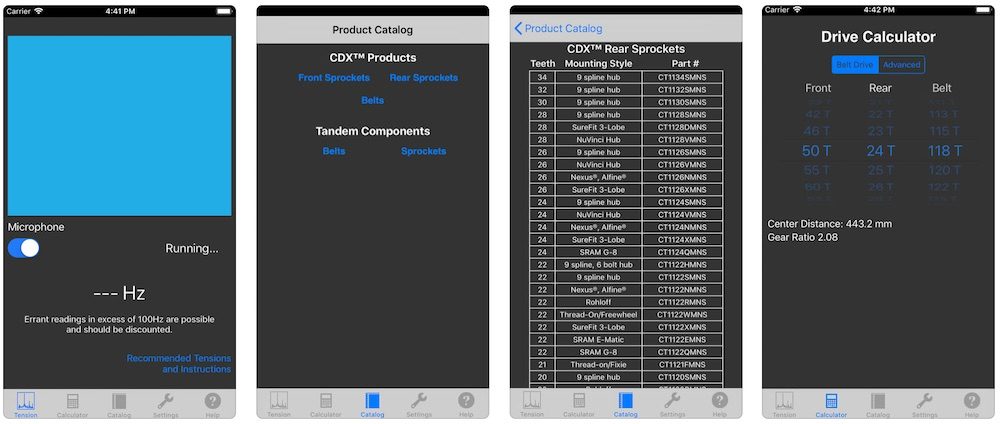
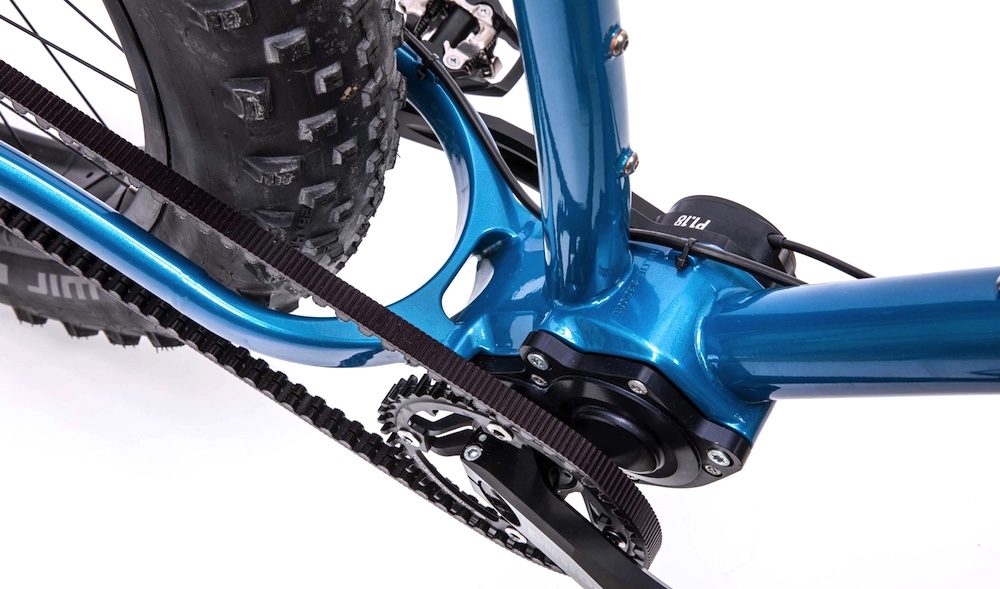













 ).
).


 My next film drops in a few days though! It’s a special one because it features Michael Dammer who is one of the route designers of the Trans Ecuador. He provides insights on the history, geography, ecosystems and experience of crossing Ecuador on a bike! Note: this road is not the TEMBR, it’s an Alee-route.
My next film drops in a few days though! It’s a special one because it features Michael Dammer who is one of the route designers of the Trans Ecuador. He provides insights on the history, geography, ecosystems and experience of crossing Ecuador on a bike! Note: this road is not the TEMBR, it’s an Alee-route. 

















































